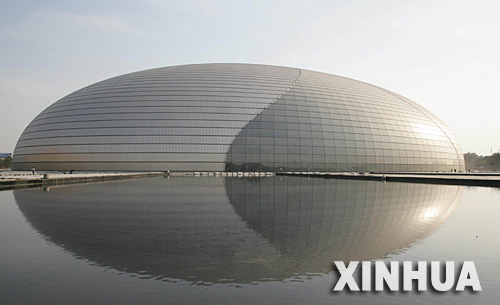Then, in the late 1980s and early 1990s, the first three ultra high-rise buildings were built in Beijing. They were the Jing Guang Center, the Capital Mansion and the China World Trade Center, designed by Japan's Kumagai Gumi (Hong Kong) Ltd, Japan's Shimizu Construction Co., Ltd, and US Robert Sobel/Emery Roth&Sons, Ltd., respectively.
The evolution of architectural styles also indicates that the Chinese people were becoming more open-minded and inclusive. At the very beginning following the founding of the People's Republic of China, Soviet architecture enjoyed considerable popularity in China; more recently a series of modern buildings of contrasting styles have emerged. The Chinese people have combined the idea of technology and development with their search for integration into the wider world.
In 1998, an international tender for the architectural design of the National Grand Theater was held. This example not only moved Beijing's architectural design market up to a new and higher level, but presented a more open image of China.
 |
|
This photo of the Naitonal Grand Theater was taken on May 6, 2007.
|
"During the course of assessment, we displayed all first-round design projects in public and held eight official meetings," Wang Zhengming, vice president of the National Grand Theater, said.
The competition continued for sixteen months, covering 69 design products by 36 architectural design partnerships from 10 countries. Finally, the French architect Paul Andrew emerged as the victor with his bold but innovative oval building.
"Always when welcoming a new era, a nation integrates the spirit of innovation and reform into architecture," commented the magazine Finance ? Vision.